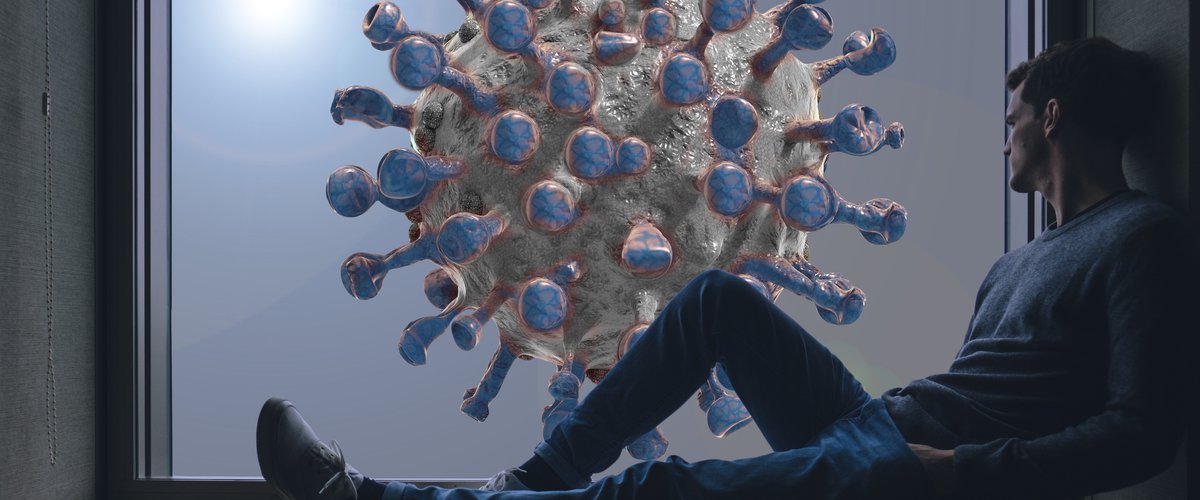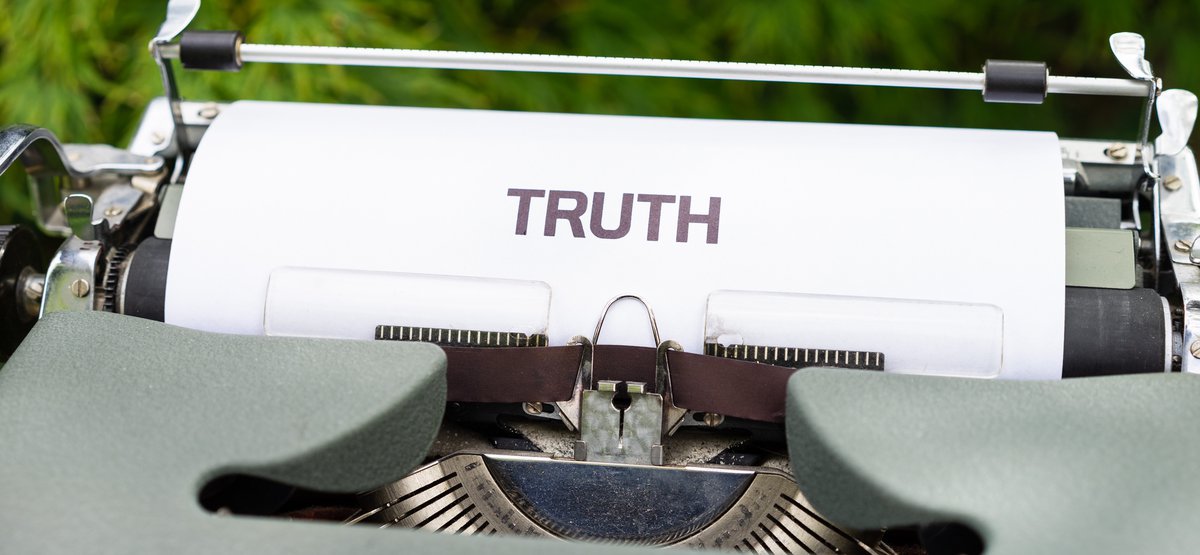A while back I mulled over possibilities for my next editorial. I had a few things in mind: resilience, physician finances, medical errors – all good topics for discussion – but not now. They’ve been pre-empted by our pandemic, and we’re stuck in the “Age of COVID-19.” Our world’s been transformed in myriad ways and almost completely as SARS-CoV-2 continues to dominate and change our lives.
We’re eight months into trial-by-virus, and who knows how we’re doing? We’re worried at ever-mounting numbers of infections most everywhere as new hot spots are identified. Whether we’re in the middle of a second wave or experiencing a protracted initial attack is arguable but mainly a question of semantics. Our therapeutic armamentarium remains modest: Stay home. Wash hands. Wear masks. Avoid crowds. Go out if you must, but stay six feet away from others.
If our armamentarium is unimposing, it hasn’t always been straightforward. Staying home through pestilence may be inferred from tales of plague in antiquity and would seem to be reflexive or instinctual. That doesn’t make it easy, however. As 17th century mathematician Blaise Pascal noted, “All men’s miseries derive from not being able to sit in a quiet room alone.”
Blaise Pascal certainly said a mouthful.

Physical distancing is sensible, too, though early advice to keep three feet or a metre away from others was soon upped to six feet or two metres based on the notion that if the virus spreads droplet-wise, this larger gap should keep us out of trouble. Though work has shown the virus is recoverable from a variety of body fluids and surfaces, we’ve become less concerned with catching the virus from surfaces and more worried that aerosolized, smaller particles could be responsible for an unknown but significant number of infections. Nevertheless, two metres or six feet distances are recommended. I’ve read of one enterprising fellow who rigged up something resembling a stationary hula hoop around his midriff meant to keep people at bay. I can’t see this catching on, but I am more concerned that despite guidance, despite the hoopla, with directional arrows in our banks and stores, and footprint decals that show us where to stand, a concerning number of citizens seem unaware that the virus, or indeed any other matter, has intruded on their existence.
Masks play a big part in our lives now. Historically, plague doctors in the Middle Ages were pictured in costumes that included a leather headdress with a long, pointed beak that could be filled with perfumes and other aromatics as necessary. After the work of Ignaz Semmelweiss and Joseph Lister in the 19th century, Chicago physician Dr. Alice Hamilton, concerned with streptococcal bacteria shedding from healthy doctors and nurses, was first to recommend masks during surgery (1905). During the 1918 global flu epidemic, many cities routinely adopted mask use (“wear a mask or go to jail”) and shortly thereafter, masks became standard in operating rooms.
Fast forward a century, and as COVID-19 has swept the globe, masks, and even more recently, 3D-printed surgical shields have become our weapons in the 21st century.
We’ve implemented masks and barriers, and distancing in response to our pandemic, but not universally, and swaths of the populace remain indifferent to news of the virus. Compliance with public health measures seems, in part, age-related. Oldsters, knowing their odds are worse, have been more assiduous with precautions, tending to stay home, but otherwise gloved, masked and insulated from the world. Younger adults are testing positive for the virus in increasing numbers and may resist thinking that they too are imperilled by the coronavirus.
Global numbers continue to climb. We’re upward of 36 million cases now and over a million deaths.
Yet our uncontrolled pandemic is but one of the crises confronting us. Climate change, for instance, is evident in extreme weather conditions which have resulted in massive forest fires along the Pacific coast and hurricanes, tornadoes and flooding along the Atlantic. The opioid epidemic continues, without an end in sight. Our politics, especially in the USA, have gone darkly rogue, with widening chasms of distrust between the political leaders and public health experts, at the same time that social justice has come to the fore in the Black Lives Matter movement. Given this perfect storm of misery, there are widely held misgivings about vaccines of all sorts, though any association of childhood illness related to immunization has been disproven decades ago. Trust and truth are in retreat as our suspicions of one another have morphed into baseless conspiracy theories helped along by unregulated social media.

If it sounds to you as if we’re distractible, you’re right. We’re having problems with focus. We may have agreed half a year ago or more, that closing things down and staying home was key to dealing with COVID-19 – and it still may be. But our shutdown – or the extent to which we did shut down – has exhausted our fiscal resources and perhaps our resolve, as politicos and bureaucrats look to re-open businesses to re-establish economic underpinnings.
We live now between the pull of isolating and staying home and the push to restore our economic circumstances. At the moment we’re much concerned with schooling our children and face a further dilemma. Kids need schools, both socially and developmentally, but it is true that not all infections are minor in children, and it may be impossible to keep kids masked, distant from others and not touching things. We’ve cribbed together an uncomfortable array of staggered classes and distancing efforts, but many parents have found schooling in a pandemic terrifying and have thrown in the towel to attempt home-based distance learning.
Waiting for a vaccine, we’re getting by. Politicos often pretend this is just around the corner, and hope-on-hope, it may be, though we’re unlikely to see vaccination-induced immunity anytime soon. The queue is long, with seven or eight billion of us waiting. There are many potholes on this particular winding road, and the savviest among us offer that it will likely be 2022 – some say never – till we re-enter the Promised Land.
There are optimists among us who aren’t dismayed at our plight and who suggest that, while we’re waiting, we'll have time to re-engineer those aspects of our lives that have made us so vulnerable. Accordingly, we realize we’ll have to pay a variety of workers for the risks they take on our behalf, and we’ll look to prevent the miserable deaths that have attended seniors in long-term care.
Perhaps we’ll re-engineer things for the better, but just perhaps. The gray-haired among us remember a fractious time in our province a quarter century ago when one-fifth of health care dollars were removed in an austerity drive. Re-engineering or reinvention was supposed to happen then, too. We scrambled, doing more with less, and as things improved, resources were added back to the system. Reinvention largely didn’t happen as new monies were added as haphazardly as they had been removed.
As we wait for better news, we’ve become accustomed to our circumstances. We squeeze globs of sanitizer into our palms, coming in, or going out, or any time – rituals we’ve adopted to ward off evil, similar to the talismans of old. Many find the best balm for our restless anxiety is, paradoxically, more solitude. On walks that have become routine, we’re amiable, but pleased to nod at others trudging past, as long as they’re suitably distant from us.
We’re partners of sorts, walking in different directions but waiting still.
Editor’s note: The views, perspectives and opinions in this article are solely the author’s and do not necessarily represent those of the AMA.
Banner image credit: Gerd Altmann, Pixabay.com
